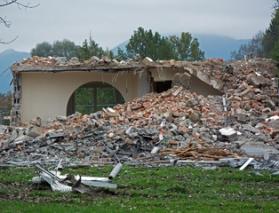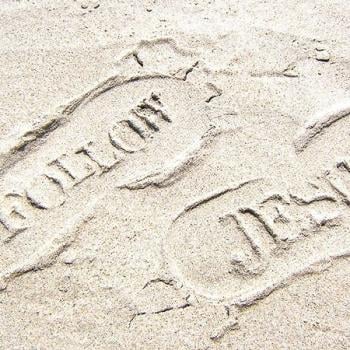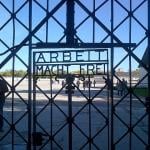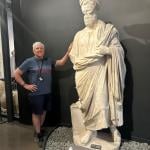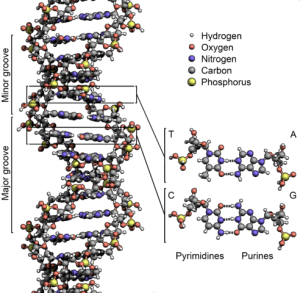 Forensic archaeologists have been extracting the DNA that can still be found in old bones and on ancient artifacts. Some are aiming at the big prize: the DNA of Jesus!
Forensic archaeologists have been extracting the DNA that can still be found in old bones and on ancient artifacts. Some are aiming at the big prize: the DNA of Jesus!
We may have found the bones of John the Baptist. He was a cousin of Jesus, so they would share some DNA patterns. We may have found the ossuary that contained the bones of James, Jesus’ brother. And there is genetic material on the Shroud of Turin. And there are other relics that purport to be connected to Jesus. Scientists are studying all of this stuff. Read Oxford geneticist George Busby on this quest, excerpted and linked after the jump.
What would that mean if Jesus’s DNA could be extracted? Would it have only His mother’s genetic information? Presumably God created a Y chromosome, since Jesus male. But could DNA data shoot down the doctrine of the Virgin Birth? Or give evidence of Christ’s divinity?
And if we could reconstruct His DNA would there someday be an attempt to clone Him? And what would that give us? We might have information about His human nature, but without His divine nature, He would seem like any other ancient Jew, though of the House and Lineage of David.
First of all, this isn’t going to happen! You can’t identify anyone from the past based on their DNA. And attaching a name to bones and relics is itself highly speculative. The quest to find Christ’s DNA is surely a wild goose chase. But still, it sends the mind reeling.
From George Busby, Can We Ever Find Jesus’ DNA? I Met the Scientists Who Are Trying to Find Out | RealClearReligion:
It was the first stop on an extraordinary journey. On a bright but bitterly cold January afternoon earlier this year, I found myself on a small island in the Black Sea, just off Sozopol on the east coast of Bulgaria. Sveti Ivan has long been a destination for travellers: it boasted a temple of Apollo in ancient times. But I was there to speak to an old Bulgarian archaeologist about the most important find of his career. 
In 2010, Kasimir Popkonstantinov discovered what he believes are the bones of one of the most famous of all saints: John the Baptist. I was interested in what DNA analysis could tell us about these bones, and other ones. Together with biblical scholar Joe Basile, I was travelling around the world filming a documentary about the religious and scientific evidence linking archaeological artefacts to Jesus Christ himself.
Popkonstantinov made his discovery when excavating a sixth century church on the island, built on top of a basilica from the century before. As he carefully scraped through the mud where the altar would have been, he came across a stone slab and was amazed to find a small marble box underneath. He immediately knew what it was. For a church to be consecrated in this part of Europe in the fifth century, it needed to contain a relic from a holy saint or religious person. This box, known as a reliquary, would have housed such a relic.
He continued to dig around and found another, smaller box about a metre away. On the edge of the inferior box was an inscription: “May God save you, servant Thomas. To Saint John.” When Kasimir later opened the reliquary, he found five bone fragments. The epitaph on the smaller box, probably used to carry the bones when travelling, was the key piece of evidence that led him to believe that the bones could perhaps be those of John the Baptist. The finding is hugely important, partly because John the Baptist was both a disciple of Jesus and his cousin—meaning they would share DNA.
[Keep reading. . .]
 Forensic archaeologists have been extracting the DNA that can still be found in old bones and on ancient artifacts. Some are aiming at the big prize: the DNA of Jesus!
Forensic archaeologists have been extracting the DNA that can still be found in old bones and on ancient artifacts. Some are aiming at the big prize: the DNA of Jesus!




